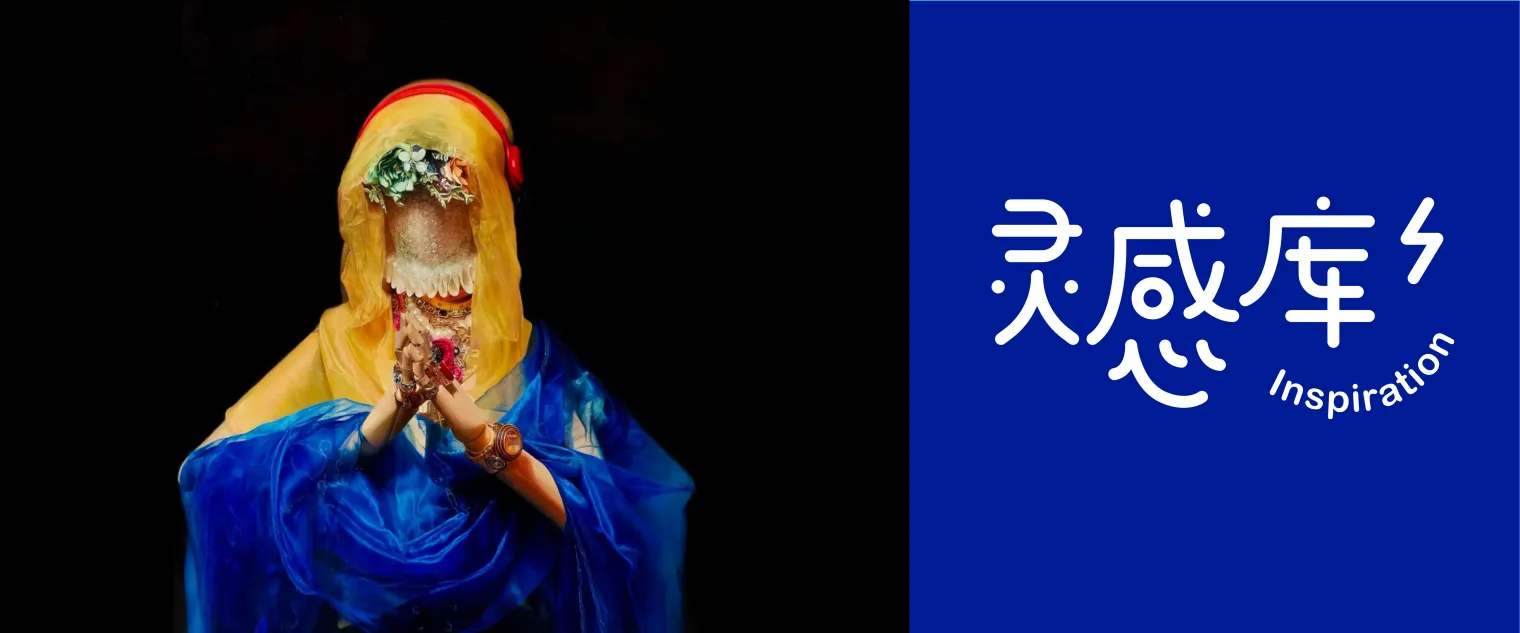
Once again it’s the graduation season, and major art schools are hosting their graduation exhibitions, stirring a new wave of artistic fervor on social platforms. Oil paintings, sculptures, and installation art have broken through the algorithm's encirclement with unique creative perspectives and techniques, becoming the “darling of the summer.”
As you move closer to these works, some are derived from personal family experiences, some carry reflections on society, some are admired for their superb techniques, and some use fast food bags as materials… What’s more remarkable is that the randomness of reality is always a stroke of genius. Some stories born from coincidence allow the works to resonate with reality, elevating them to a participatory performance art piece.
Their explosive popularity in a time of rampant AI content seems to give us a shot of adrenaline. As social platforms are inundated with increasing amounts of AI-generated images, texts, and videos, these works crafted from genuine experiences, reflections, and randomness invite us to re-experience the essence of art—it’s a person's life experience resonating with a group of people through artistic form, creating an unspoken emotional resonance between individuals. Those tremors rooted in life, understood only through lived experience, are a warmth and depth unique to humanity that no code can simulate.
“Prayer”: “Just like the past bound by faith, today we live as defined by data”
Work: “Prayer”
Author: An Qi - Sichuan Fine Arts Institute
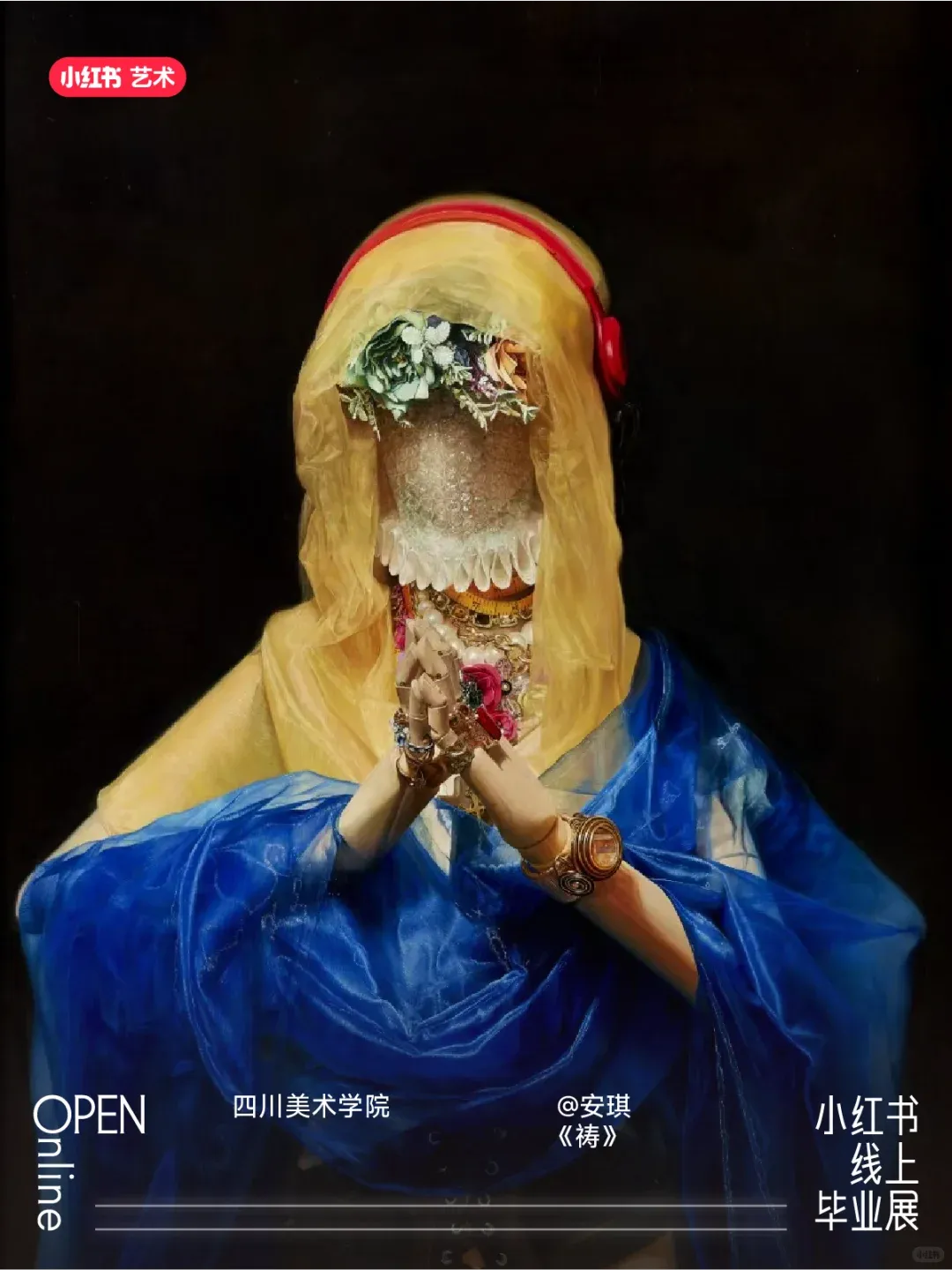
French sociologist Baudrillard once claimed: “The subject of consumption is the order of signs.” He strikingly pointed out that in a consumer society, everyone is led by meanings constructed by symbols. Recently, An Qi’s graduation work “Prayer,” a student from Sichuan Fine Arts Institute’s oil painting department, demonstrated this phenomenon.
It is an oil painting so meticulously detailed that when I first saw it, I even mistook it for an actual installation piece—the painting depicts an intricately adorned wooden figure in a prayer posture, where even the gauze reflects light with a translucent gloss, and the ripples are lifelike.
Its reference is a work from the 17th century, the “Madonna in Prayer” by the painter Sanzio, portrayed with delicate strokes and simple tones, capturing the serene essence of the praying Virgin Mary, giving people a sense of peace at first glance.
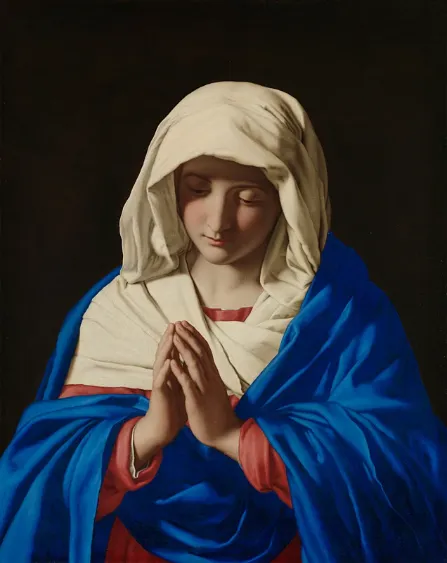
In “Prayer,” An Qi turns the praying figure into a hollow wooden figure. It is adorned with various colored organza, with plastic fake flowers and heavy jewelry. It has no expression; the wooden face is hidden behind the foam wrap used for packaging. This is a figure that appears ostentatious but is seemingly empty behind its grandeur. And this is the core message An Qi seeks to express.
She wrote on her Little Red Book: “By combining the classical imagery of the Virgin and modern consumption symbols, people today are controlled by endless shopping and body standards just as they were once bound by faith.” Thus, human flesh has been replaced by a crowd of consumption symbols. A netizen commented: “When the lights fade and the body disappears, the only thing left in the image is the shell still faithfully praying (perhaps making impulsive online orders).”
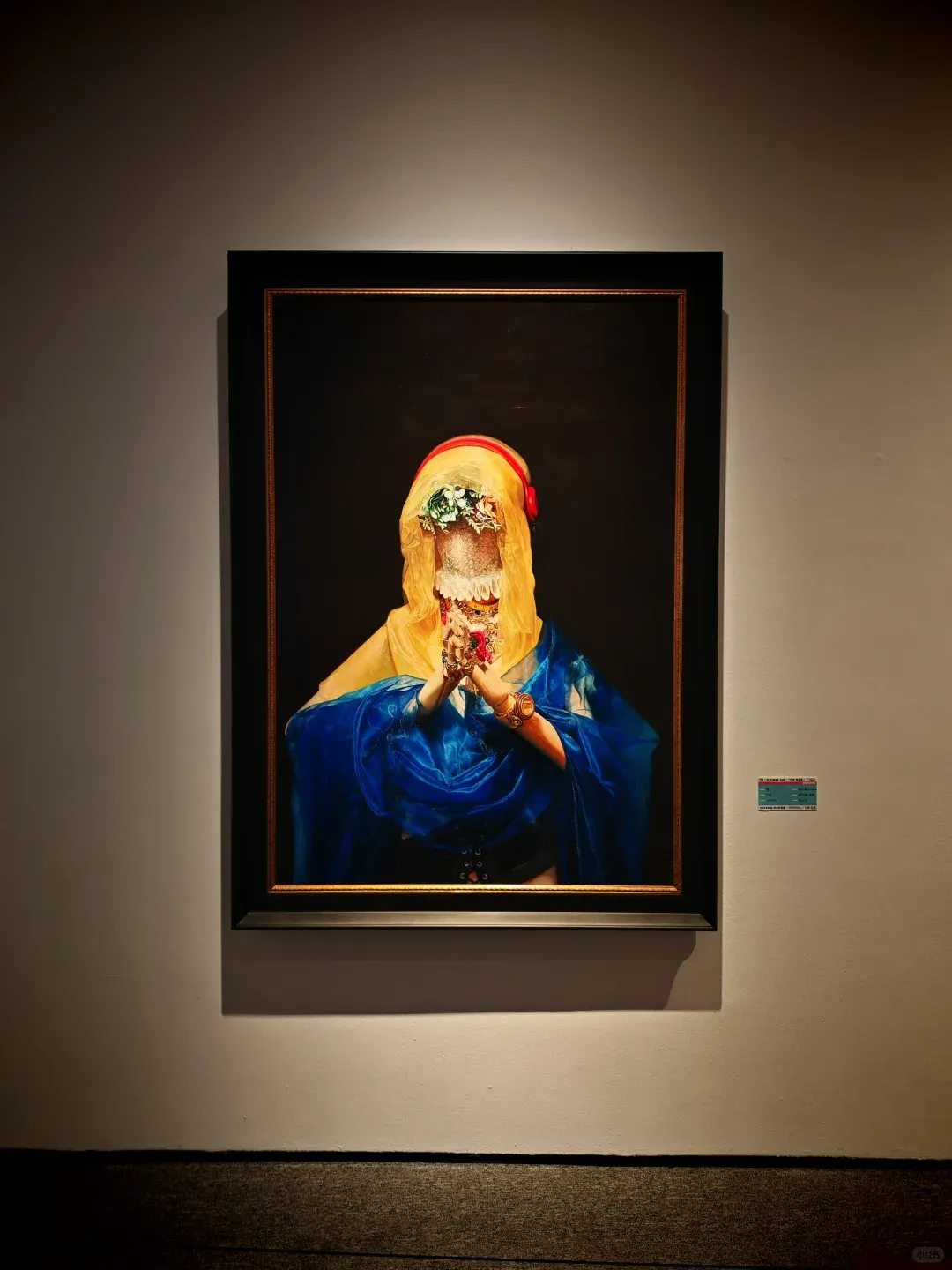
Through the piling of cheap materials, An Qi deconstructed the falsehood of “refined life” in consumer society, which is the essence of “objectification”: “In the pursuit of ‘perfection,’ we have actually become hollow beings defined by data.”
After the work was released, its meticulous techniques and profound yet understandable meanings made it an instant success, attracting many to visit the Sichuan Fine Arts Museum to see it in person. A netizen took a photo at the exhibition spot: under the eager flashes of people’s phones, “Prayer” became the focal point, and these photos may soon become the next topic of conversation on social media, a new consumption symbol—
Like a piece of performance art, this work involving both the creator and the viewers has finally drawn its last stroke.
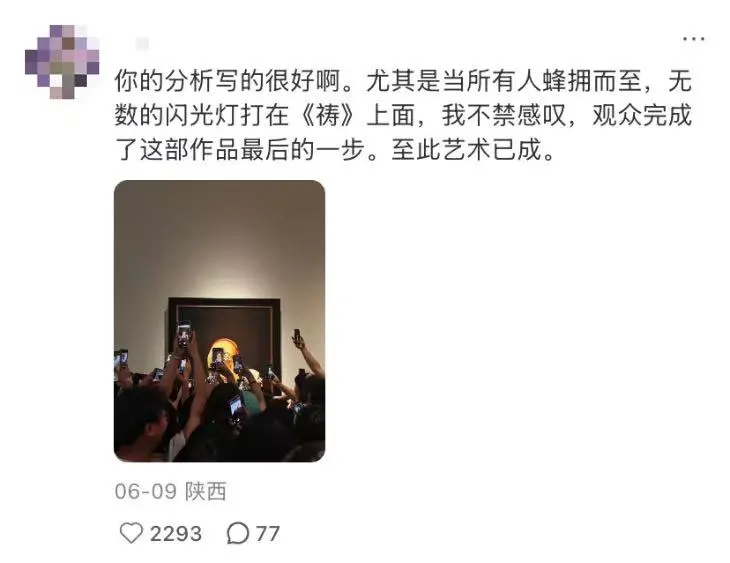

.png)